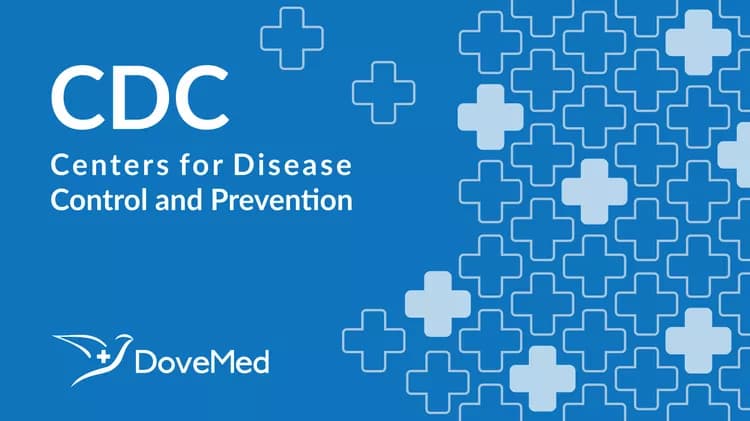
CDC Releases Report On 30-Year Low In Youth Homicide Rates
CDC releases report on 30-year low in youth homicide rates
The homicide rate for youth aged 10 to 24 years in the United States reached a 30-year low in 2010, according to data published in the Morbidity and Mortality Weekly Report (MMWR) released today by the Centers for Disease Control and Prevention (CDC). The 30-year low in 2010 was seen across all age and racial/ethnic groups. The report also shows that the promising decline in youth homicide rates has slowed in recent years, particularly for groups at high risk for violence.
CDC investigated youth homicide trends among U.S. youth, ages 10 to 24, by sex, age, race/ethnicity, and mechanism of injury from 1981 to 2010 using data available through CDC’s Web-based Injury Statistics Query and Reporting System (WISQARS). Youth homicide rates varied substantially over this period with a sharp rise from 1985 to 1993 followed by a decline that has slowed since 1999. Even with the slower downward trend in recent years, the youth homicide rate in 2010 was 7.5 per 100,000, the lowest in the 30–year period examined.
The findings show declines in youth homicide rates from 2000 to 2010 have been slower for groups at high risk for homicide, including males and non-Hispanic black youth. Recent declines have also been slower for firearm homicides than for homicides by other means. These findings indicate the need for increased use of youth violence prevention strategies, especially approaches that engage high-risk youth.
“We are encouraged to see a decline in the homicide rate among our youth but unfortunately, homicide continues to rank in the top three leading causes of death for our young people,” said Linda C. Degutis, Dr.P.H., M.S.N., director, CDC’s National Center for Injury Prevention and Control. “Our youth represent our future and one homicide is one too many. Comprehensive approaches that include evidence-based prevention strategies are essential to eliminate homicide as a leading cause of death of young people.”
Key findings in this report include:
In 2010, 4,828 homicides occurred among youth ages 10 to 24 years in the U.S.
In 2010, youth homicide resulted in an estimated $9 billion in lost productivity and medical costs.
From 1985 to 1993, the overall youth homicide rate rose 83 percent (from 8.7 per 100,000 in 1985 to 15.9 in 1993).
From 1994 to 1999, the overall youth homicide rate declined 41 percent (from 15.2 per 100,000 in 1994 to 8.9 in 1999).
From 2000 to 2010, the overall youth homicide rate declined on average by about 1 percent per year.
In 2010, the youth homicide rate was 12.7 per 100,000 for males, 13.2 for youth ages 20 to 24 years, and 28.8 for non-Hispanic black youth.
The annual rate of firearm homicide among youth ages 10 to 24 years was 3.7 times the annual rate of non-firearm homicides during the examined 30 year period.
As noted in the report, public health can support community-wide and sustained reductions in youth violence. Strategies that have been evaluated and are successful include school-based programs that build students’ communications skills to solve problems in non-violent ways. Family approaches that help parents and caregivers set age-appropriate rules and effectively monitor activities and relationships are also effective. Furthermore, economic, policy, environmental, and other community approaches can enhance safety and increase opportunities for positive social interaction.
For the full report and the study details, please visit http://www.cdc.gov/mmwr.
CDC’s Injury Center works to prevent violence, injuries, suicide, and their adverse health consequences. For more information about youth violence prevention activities and research, please visit http://www.cdc.gov/violenceprevention/youthviolence.
###
U.S. Department of Health and Human Services
Related Articles
Test Your Knowledge
Asked by users
Related Centers
Related Specialties
Related Physicians
Related Procedures
Related Resources
Join DoveHubs
and connect with fellow professionals

0 Comments
Please log in to post a comment.